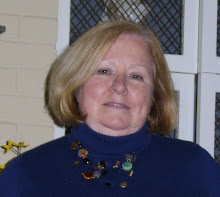 Quick Facts about Namibia:
Quick Facts about Namibia:Official Name: Republic of Namibia
Population: 2,114,161
Capital City: Windhoek (pop. 268,132)
Currency: Namibian Dollars
Languages: English 7% (official), Afrikaans 60%, German 32%, and numerous tribal dialects
Religions: Christian (80%), indigenous beliefs (20%)
Sossosvlei Dunes, Namib National Park, Namibia
South Africa once occupied the German colony of South-West Africa (now Namibia) during World War I and administered it as a mandate until after World War II, when it annexed the territory.
In 1966, the Marxist South-West Africa People's Organization (SWAPO) guerrilla group launched a war of independence for the area that was soon named Namibia, but it was not until 1988 that South Africa agreed to end its administration in accordance with a UN peace plan for the entire region. Namibia won its independence in 1990 and has been governed by SWAPO since.
Hifikepunye Pohamba was elected president in November 2004 in a landslide victory replacing Sam Nujoma who led the country during its first 14 years of self rule. Pohamba was re-elected in the 2009 elections by an overwhelming vote.
About one-half of the population lives below the international poverty line and the economy suffers greatly from the effects of HIV/AIDS.
Namibia’s economy depends primarily on mining – it is the fourth largest exporter of non-fuel minerals in Africa and the world’s fifth largest producer of uranium. As for tourism, Although Namibia presents a brutally hot climate, travelers journey here to tour the barren red-sand deserts, and the highest sand dunes in the world in Namib National Park.

This map shows the capital city of Windhoek and if you look northwest you will find the village of Ondangwa!





